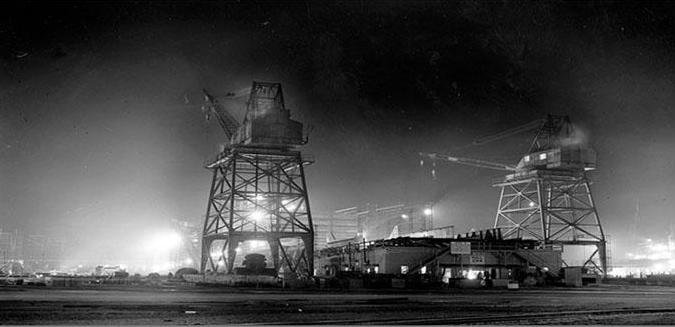
World War II did more than reshape Mobile’s economy, it transformed its social landscape. Once a modest port city on the Gulf Coast, Mobile became a wartime boomtown, thriving with shipbuilding, military logistics, and a flood of newcomers chasing job opportunities. As thousands of workers poured in, Black and white, men and women, rural migrants and out-of-state laborers, the city swelled with energy, tension, and change.
Women entered the industrial workforce in large numbers, taking on roles that had once been closed to them. African Americans, essential to the labor force, began to challenge the boundaries of segregation more directly, sparking early momentum for civil rights. With the rapid growth came overcrowded neighborhoods, a housing crisis, and growing demands for equality, fairness, and community.
This goal of this site is to explore how the war effort transformed not just the physical infrastructure of Mobile, but the daily lives, identities, and relationships of the people who lived there. From shipyards and schools to churches and front porches, Mobile in the 1940s was a city redefined by war—and shaped by the people who carried it forward.